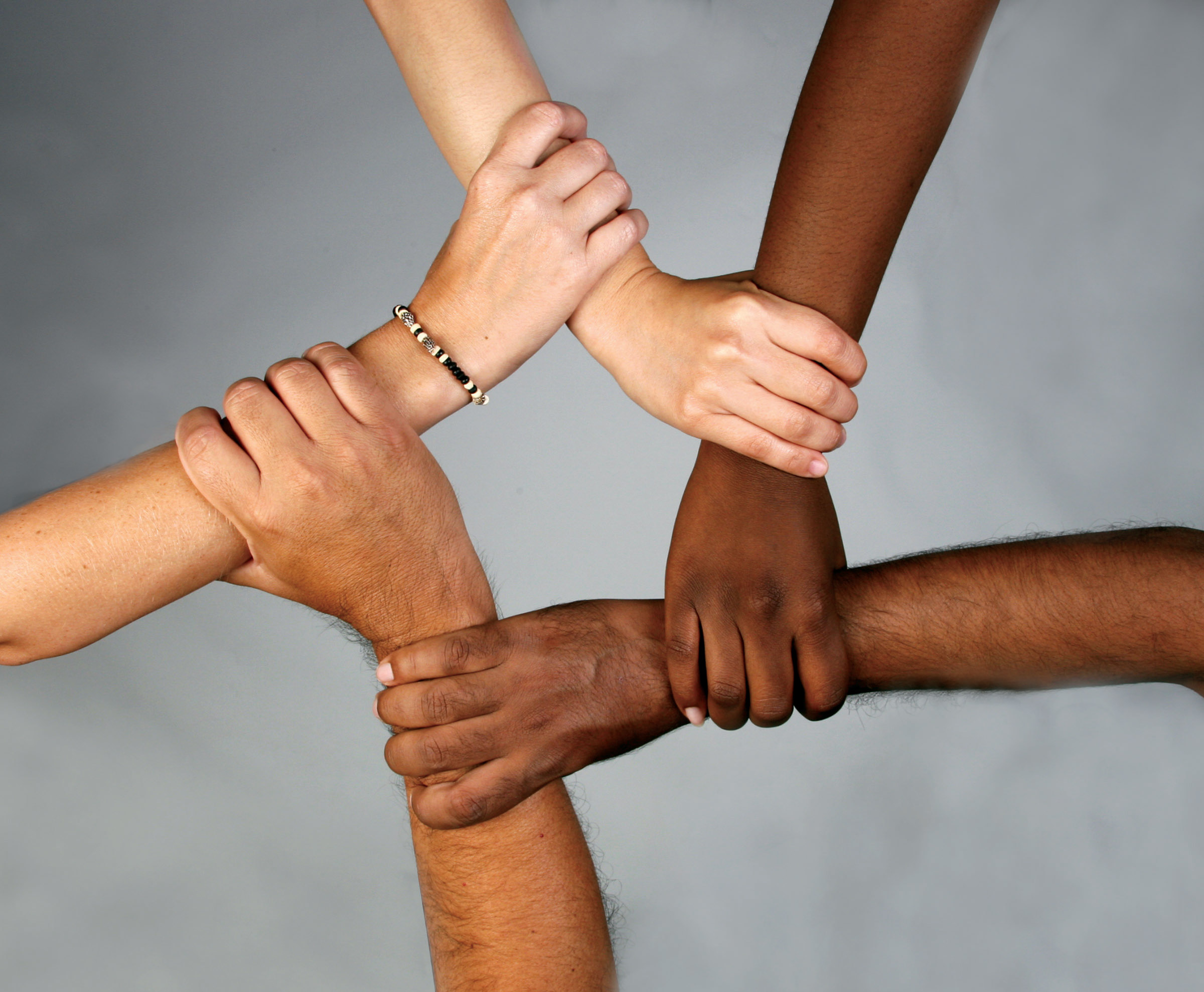Now more than ever, there is an increased incentive for businesses to ensure their work environments are truly inclusive. Not only are diverse and inclusive workplaces a moral imperative, but they are also proven to benefit companies from a business perspective. Countless studies have shown the link between inclusivity and improved performance and results. Research from Deloitte Australia, for example, shows that inclusive teams outperform their peers by as much as 80%.
Simply boosting the number of diverse individuals in a company isn’t the magical solution it seems on the surface, however. While we often conflate diversity and inclusion as the same concept, these initiatives function side by side. If diversity is a welcoming gesture, inclusivity is what’s inside the home. In order to make a sincere difference to both the workforce and the company as a whole, diversity and inclusion must be held as equal priorities. True cultural inclusion in the workplace is all about the employee experience, and this is where your efforts should be focused.
As with most things in life, a real and visible change happens when those in power lead by example. Of course, it is human nature to want to play it safe and to stick to what we know works already, especially when it comes to business decisions. But as Tentrr CEO Eloise Bune puts it, “If diversity is not an organisation goal…it just won’t happen.”
Of course, it’s unlikely and unreasonable to expect employers to have all the answers. Instilling change throughout an organisation means hiring the right people - HR managers, diversity and inclusion experts - and providing the best training for the rest of your staff.
As well as hiring the right people, employers can also ensure they are using culturally sensitive language. Apologise when making honest mistakes, and do so in front of other members of staff. Show up at training workshops or events with other members of your team. They are small gestures, but they make an impact on those around you, who will witness your willingness to learn, grow and adapt.
Unfortunately, a top-down approach is not always going to be enough to incite a real change in company culture. By relying wholly on the say-so of employers, you’ll be fostering a culture of compliance, not acceptance or inclusivity.
When people are asked to step out of their comfort zone, especially when interacting with people from other cultures or countries, it’s understandable that some may react defensively or with stress, and be uncertain of what to do or say.
Investing in a good training programme and tools is imperative to make your employees feel comfortable, and give them the knowledge they need to create an inclusive environment. Employers can and should provide guidance, but it’s all for nothing if not everyone enthusiastically takes part in those changes.
Cultural awareness is not something that is innate - it is a skill that must be learnt and cultivated like any other. Therefore, training is one of the best investments you can make for your business in order to foster an inspiring and welcoming environment.
It’s in the day-to-day that we really see whether an environment is inclusive enough or not. Ultimately, what employees want to see are tangible differences in their experiences that make them feel welcome. After all, true inclusivity has nothing to do with encouraging others to “fit in” - it’s about adapting your own perceptions and priorities.
There are countless ways in which employers can reimagine the current culture of their workplace.
Multilingual culture
Something as small and seemingly insignificant as multilingual signage can help to change attitudes. It’s a reminder to both staff and potential clients that they are part of a multicultural environment, and to respect those around them. Even allowing staff members to converse in their own language if they find it easier can be seen as an act of kindness and understanding.
Multicultural holidays
Including multicultural holidays and events on work calendars and celebrating them on the same level of importance as your own shows that you respect all of your employees equally. Again, this small bit of recognition can mean the world to some, even if it isn’t realistic to offer extra time off.
Make space
Employees from different backgrounds and cultures will have a variety of experiences they are used to and that make them feel comfortable in the workplace. Cultures from a more introverted environment may thrive in a quieter, more private space rather than in large groups. Some members of staff may have needs and routines such as prayer that they have to honour and may not have a safe space in which to do so. Anticipating these needs and more importantly, asking questions, will ensure your employees feel seen and that they are able to come to you with any concerns.
Normalise communication
The sky's the limit when it comes to opening lines of communication between cultures in the workplace. Traditional training will certainly help to educate and begin the process, but there are additional ways to bring people together. This could include regular social events, or even something a little more targeted. For example, it has become common practice in some corporations to include a series of diversity “games” for employees to help recognise and learn about each other and their own potential prejudices.
Accessible feedback for everyone
No employer wants to hear negative feedback about the workplace, but it’s imperative to always be prepared just in case issues arise. Having a healthy dialogue between staff and employers (or HR managers) is just good practice in general, but if you are working with a diverse group of people, try allowing various pathways to feedback. Not everyone will feel comfortable with the face-to-face interaction and may prefer to fill out a form or email. Some may even wish their comments to remain anonymous. And above all, ensure that you deal with any issues as soon as they become known.
These changes are unlikely to happen overnight, and not every company will be in a financial position to offer everything to everyone. The main goal is just to be mindful of processes and resources. Are the decisions you take furthering your inclusion initiatives, or are they simply enforcing the structures you already have in place?
Real inclusion is about change, and that change comes from adaptability. The workplace you have cultivated now will likely need to look different next year and the next - not just in terms of cultural diversity, but also in terms of knowledge and experience.
As we aim to create a fairer, more diverse workplace in which everyone feels included, policies will need to be re-examined, biases will need to be checked, and employees should always feel that their queries or concerns will be addressed swiftly and fairly. Ultimately, it takes hard work, and a realisation that it will be ongoing and occasionally uncomfortable. Once we understand that, that’s when a real positive change can begin to take place.
Latest posts by Chris Crosby (see all)
- How to cultivate an inclusive workplace - July 8, 2021













